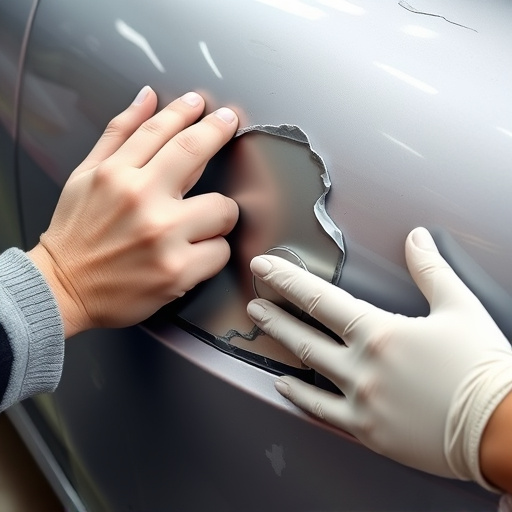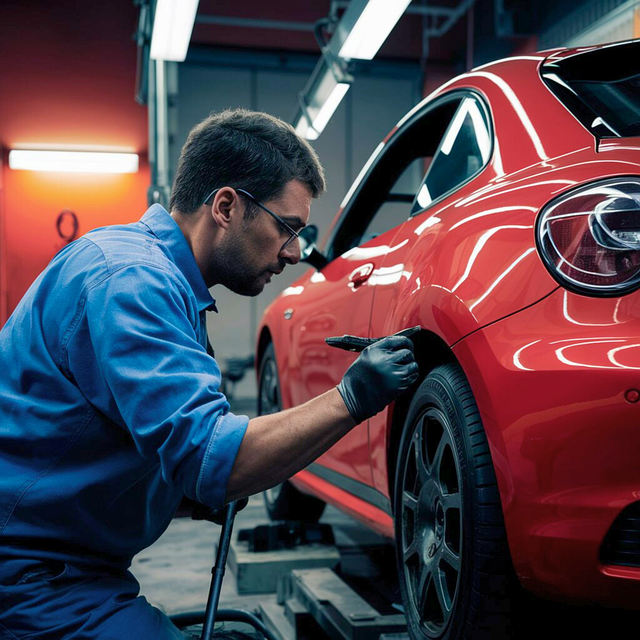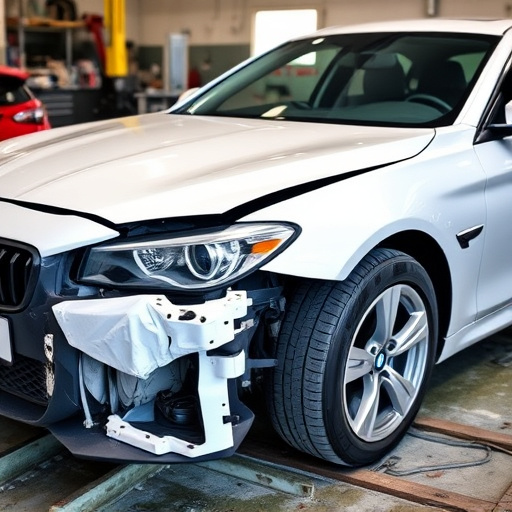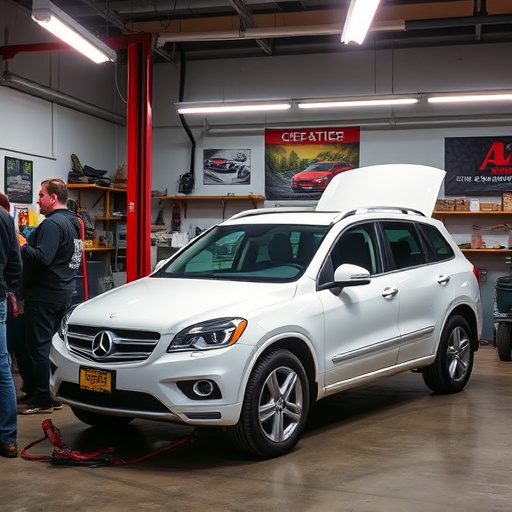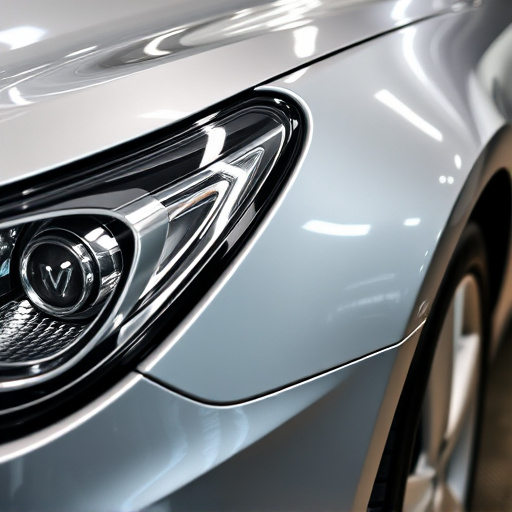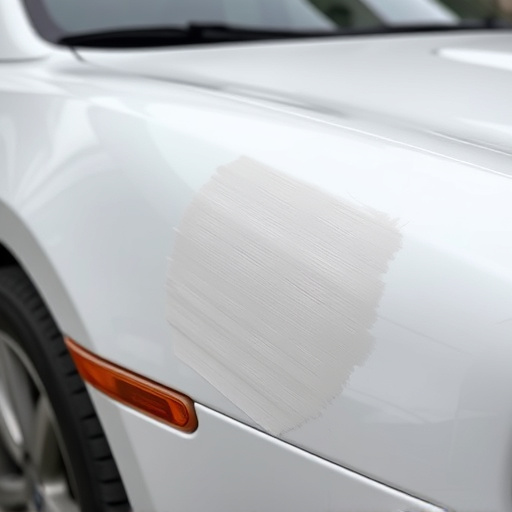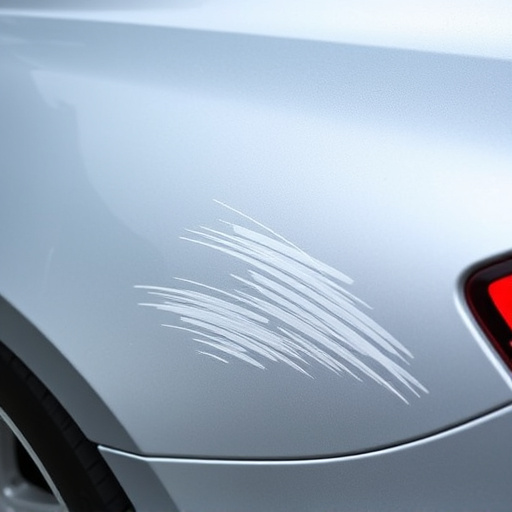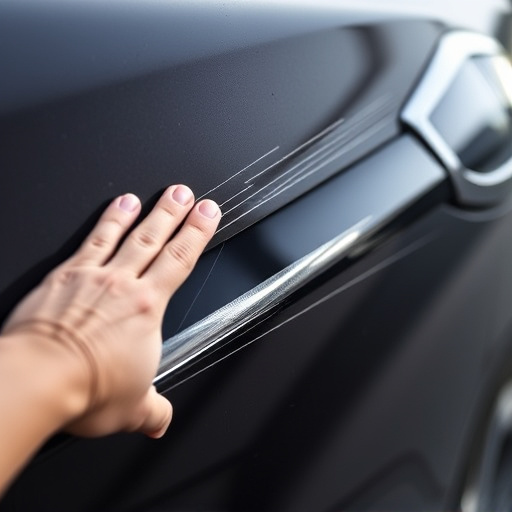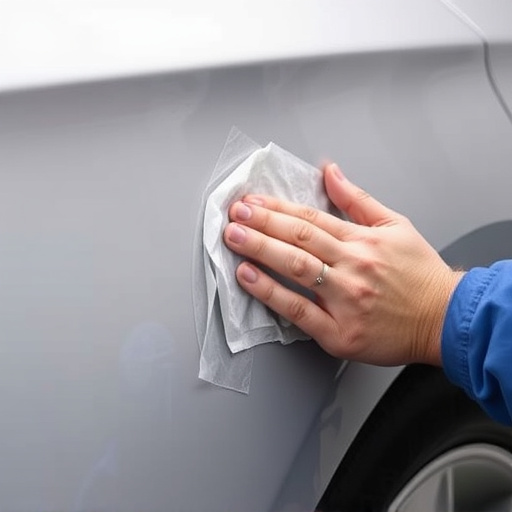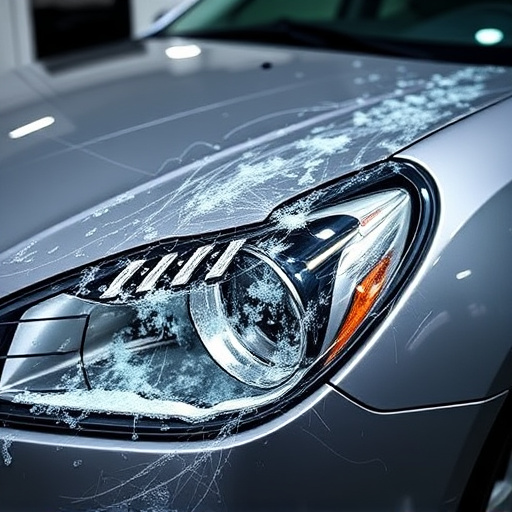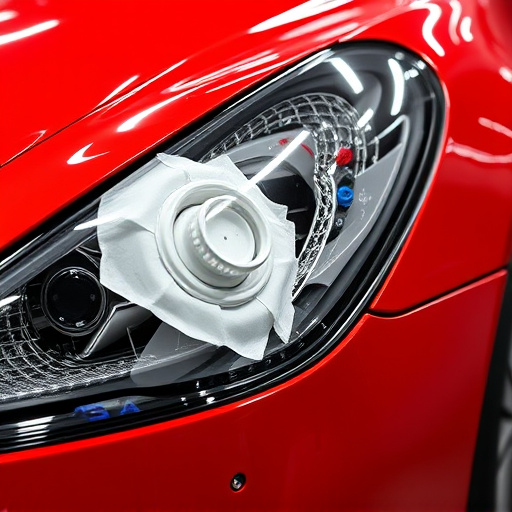Car collision repair involves a thorough inspection by trained professionals to assess damage, followed by tailored methods like panel replacement and frame realignment. Advanced Driver Assistance Systems (ADAS) minimize damage, making repairs more precise and frequent, enhancing safety and efficiency. Modern auto repair services use advanced tools and techniques, including paintless dent repair and improved auto glass repair, for optimal restoration while prioritizing passenger safety.
As vehicles become increasingly equipped with advanced driver assistance systems (ADAS), the intersection of safety technology and collision repair has become critical. This article delves into the evolving landscape of car collision repair, exploring how traditional processes are adapting to accommodate complex ADAS components. We analyze the significance of these systems in enhancing vehicle safety and examine strategies for seamlessly integrating repair with cutting-edge technology, ensuring optimal safety standards for modern vehicles.
- Understanding Car Collision Repair Processes
- Advanced Driver Assistance Systems: A Safety Evolution
- Integrating Repair and Technology for Better Safety
Understanding Car Collision Repair Processes
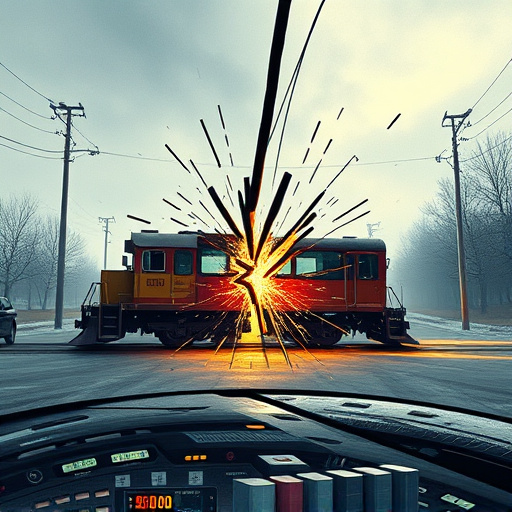
When a vehicle collides, whether it’s a minor fender bender or a severe crash, understanding the car collision repair processes is key to getting your vehicle back on the road safely and efficiently. The first step in any collision repair involves an extensive inspection by trained professionals at a reputable auto collision center. They’ll assess the damage, which could range from cosmetic dents and scratches to more complex issues like frame misalignment or damaged safety systems.
Once the extent of the damage is determined, skilled technicians will employ various methods tailored to each specific repair need. This might include replacing dented panels, realigning frames, repairing or replacing safety components, and even advanced tire services for tires that have sustained significant impact. The ultimate goal is not only to restore your vehicle’s pre-collision condition but also to ensure it meets all safety standards, making it as reliable and secure on the road as it was before the incident.
Advanced Driver Assistance Systems: A Safety Evolution

Advanced Driver Assistance Systems (ADAS) have revolutionized car safety, marking a significant evolution in the automotive industry’s approach to collision avoidance and mitigation. These systems use a combination of sensors, cameras, and software to monitor the vehicle’s surroundings, detecting potential hazards and providing drivers with real-time warnings or even taking corrective actions. ADAS technologies include features like adaptive cruise control, lane departure warning, blind spot monitoring, and automatic emergency braking, among others.
By integrating these advanced systems into modern vehicles, car collision repair services become more precise and less frequent. When a collision does occur, ADAS components can help minimize damage to both the vehicle and its occupants, ensuring that automotive body work required is often less extensive than in the past. This shift towards proactive safety measures not only enhances passenger protection but also contributes to the overall efficiency of car collision repair processes.
Integrating Repair and Technology for Better Safety

In the realm of car collision repair, integrating advanced technology and innovative techniques is pivotal for enhancing safety standards. Modern auto repair services often incorporate sophisticated tools and methods to ensure optimal vehicle restoration post-accident. For instance, paintless dent repair techniques leverage specialized equipment to remove dents without damaging the original paintwork, preserving the car’s aesthetic value. Similarly, auto glass repair technologies have evolved to include state-of-the-art replacement methods that offer superior safety and durability compared to traditional repairs.
These advancements not only streamline the collision repair process but also contribute to improved vehicle performance and passenger safety. By combining skilled craftsmanship with cutting-edge technology, repair shops can deliver high-quality auto repair services while incorporating features such as advanced driver assistance systems (ADAS). These systems, which include features like automatic emergency braking and lane departure warnings, play a crucial role in preventing future collisions and making the roads safer for everyone.
Car collision repair is not just about fixing physical damage; it’s about integrating advanced driver assistance systems (ADAS) that enhance safety. By understanding the collision repair processes and keeping pace with technological advancements, we can ensure vehicles are not only restored but also equipped to navigate our roads more securely. This synergy between repair expertise and technology innovation is pivotal in creating a safer driving experience for all.
